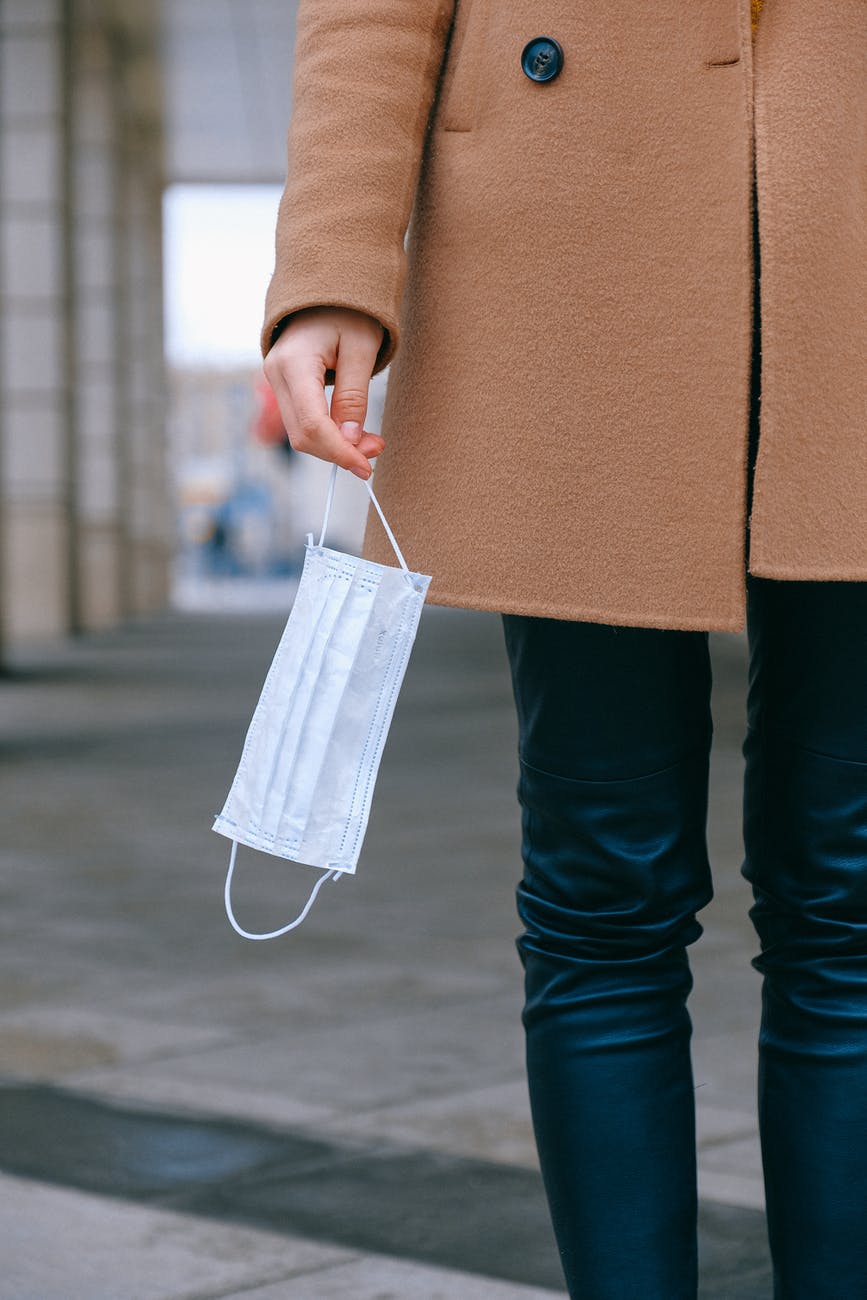The coronavirus pandemic has roiled business, particularly in face-to-face service industries. But some companies are managing to rise above the disruption and adapt to the new normal. Here are five key ways businesses have transformed their operations.

1. Going digital
Not all services need to be provided in-person, especially in the era of fast internet speeds, high-quality digital cameras, and cloud computing. 3D virtual tours have replaced in-person tours at many real estate agencies, museums, and tourism companies. Doctors have expanded their use of telemedicine. Similarly, beauty consultants, home organization companies, violin teachers, and personal trainers have shifted from hands-on sessions to video conferencing.
Innovative performing arts companies are streaming stage shows, musicals, operas, and symphony concerts online. And, of course, brick-and-mortar stores have raced to sell online and scale their online stores. Because digital tools tend to reduce time and resource requirements while expanding reach, some businesses will emerge from the pandemic stronger than ever before thanks to their COVID-induced digital transformations.
2. Adopting omni-channel retail
The digital transformation does not mean the end of physical stores. Surveys find that most shoppers prefer some aspects of shopping in person. Indeed, several of the top hiring firms since the start of the pandemic—Lowes, Home Depot, Walmart, and Dick’s Sporting Goods—have been retailers at the forefront of integrating physical and online stores.
Omni-channel shopping models allow customers to browse products, order, and pay online; see whether local stores have inventory available and choose to pick up purchases in person, if convenient; opt to have goods unpackaged and assembled by in-store technicians; and make in-store returns and exchanges. The acceleration of integration across digital and physical channels spurred by COVID could help retailers get the most out of each one, both during the pandemic and after.
3. Providing services outdoors
Paris is known worldwide for its outdoor cafes, while Miami, FL is the outdoor dining capital in the U.S. But in most cities, rules regulating outdoor dining have made it difficult for restaurants to set up tables outdoors. The pandemic has led city governments to relax those regulations substantially, cordon off parking lanes, and allow restaurants, stores, gyms and religious organizations to take over sidewalks and parking spaces.
The move from indoor to outdoor service provision has been far lower-tech transformation than those described earlier. It has relied not on cloud computing but on smaller tables and chairs, tents, heat lamps, plexiglass, and concrete barriers. But across the country, these modest tweaks have brought some modicum of normalcy back to cities and suburbs and given businesses an important lifeline. They’ve also injected a bit of a Miami vibe.
4. Providing services in homes
If you can’t go to the gym, the hair salon, or the school, bring the trainer, hair stylist, and teacher to your home. Before Covid, that would have seemed like a solution only for the very wealthy. But pandemic-related job losses and business closures have encouraged many Americans to offer in-home services more widely, whether to individuals or small groups of neighbors, spreading the word via social media and freelancing platforms.
It is unclear how durable this trend will be. But there will likely be some Americans who become accustomed to the convenience of in-home services and are prepared to pay more for them after the pandemic is over.
5. Pivoting to new products and services
At the start of the pandemic, major automobile, aerospace, and plasticware manufacturers converted their production lines for ventilators, face shields, plexiglass screens, and COVID-19 test kits. Clothing companies raced to produce N95 surgical masks and hospital gowns. And beverage companies started producing hand sanitizer.
Since then, many businesses have found opportunity in the crisis by switching to manufacturing, selling, or leasing goods for which demand has surged. Some examples include dumbbells, beard trimmers, exercise bikes, yoga pants, and recreational vehicles (RVs). Other businesses have started offering in-demand services, like bicycle repair, tent rental, video game console refurbishment, and tutoring.
Many companies can’t wait for their operations to return to normal. But some have experienced benefits to the new ways of doing things. After the pandemic is over, we can expect those for whom Covid-era adaptations worked well to stick with them and those for whom they didn’t work well to go back to their pre-pandemic methods. The overall effect of these experiments could therefore be discoveries that increase productivity and customer satisfaction in the long term.
Original article here.
Follow along on Social Media: LinkedIn | Facebook | Instagram | Blog

